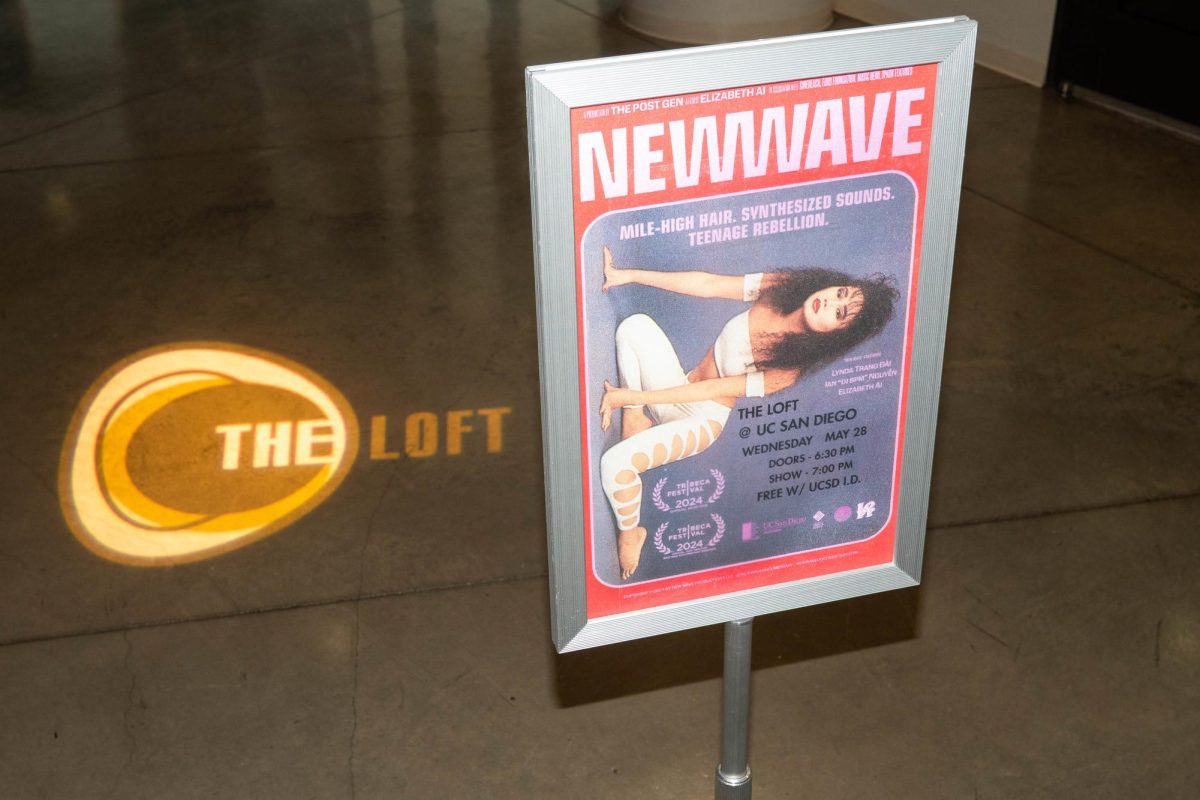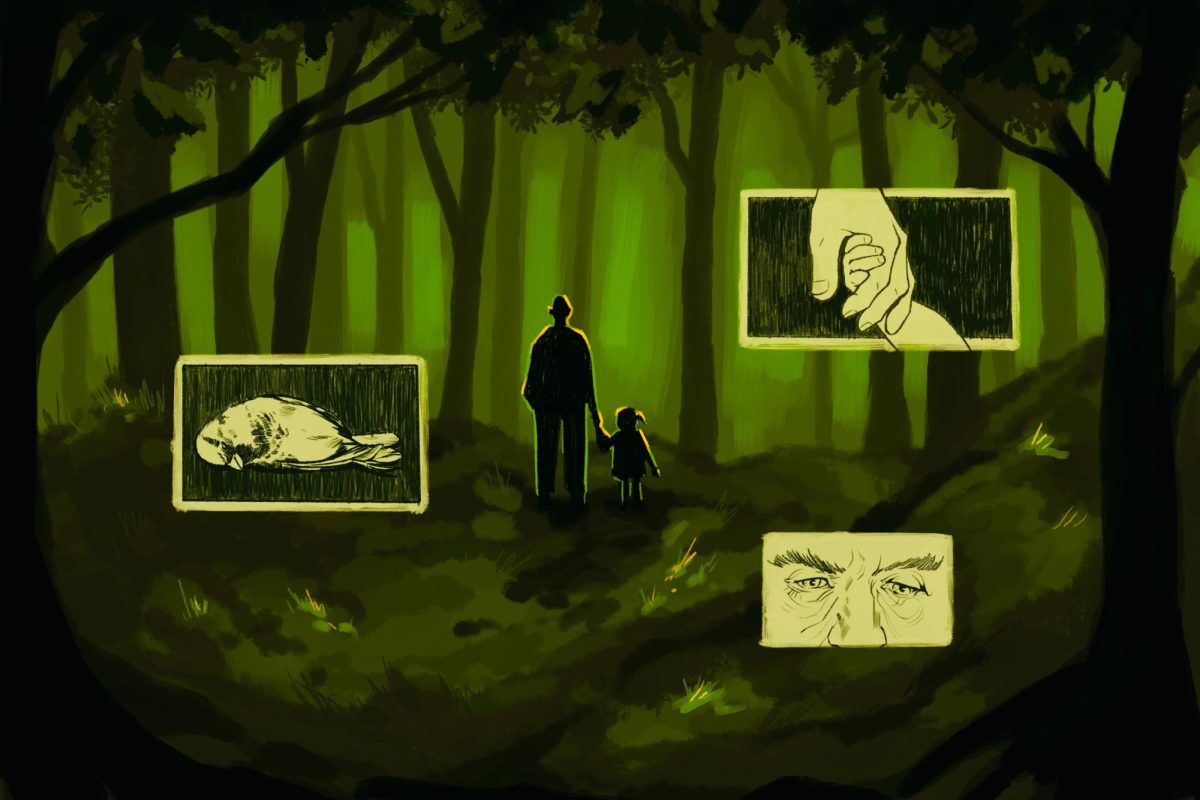
E arly next Sunday morning — if you’re still awake after a night of debauchery — peer into the dawning atmosphere at 6:10 a.m. Against the fixed backdrop of dim blinking stars, look for a bright dot moving purposefully across the sky. What appears to be a mere speck to the naked eye is really the size of a football field, spinning 200 miles above our heads at over 17,000 miles per hour. You’ve landed on the International Space Station.
Later this month, from Oct. 20 to Oct. 23, a Nikon Electronic Still Camera aboard the ISS will snap photographs of the Earth based on requests from middle-school students throughout the world. And facilitating the entire process — from school outreach to telling NASA when and where to take the pictures — is a group of 10 to 15 UCSD undergrads, serving on the team as interns.
The images are taken as part of ISS EarthKAM, a NASA-sponsored program that aims to educate young students about the Earth from the vantage point of space.
According to Karen Flammer — research physicist who holds a doctorate in space physics and serves as the primary faculty advisor for the EarthKAM program at UCSD — the main focus of the project is to get young students excited about science. Flammer helps develop curriculum that revolves around the use of the images taken by EarthKAM for middle-school teachers and students.
And although KAM stands for Knowledge Acquired by Middle Schools, elementary and high schools have also taken their places behind the camera.
According to Flammer, Photo requests to the EarthKAM Web site have included specific countries, land formations, weather patterns — even natural disasters. UCSD students then process these requests and transmit pertinent information to the International Space Station via NASA’s Johnson Space Center.
Based on instructional files created by the undergrads, the camera then snaps photographs of the Earth. These images are transmitted to NASA for archiving before being sent back to UCSD to be uploaded to the EarthKAM Datasystem.
Within 24 hours of submitting their requests, middle-school students can access the Datasystem to retrieve their pictures. According to Flammer, they have used the images for school projects such as tracking disaster paths, mapping land area and calculating the size of farmland.
The program is likewise benificial for the participating UCSD students, who receive specialized training while to facilitating the successful completion of each mission. As a primarily research-funded university (cash-strapped as it currently may be), UCSD is most often touted for the cutting-edge innovations of its faculty and graduate students. But over on the first floor of the Science and Engineering Research Facility building, you’ll find undergraduate scientists controlling a great portion of the background operations that make ISS EarthKAM so successful. Students work in teams dedicated to managing specific aspects of the program.
UCSD alumna Liz Kain, who was part of EarthKAM for four years before graduating in 2008, said the program is a valuable opportunity for undergraduates to be part of something substantive.
“The school team was speaking with and educating students from all over the world. We worked directly with people at Houston, at the Johnson Space Center. You could listen to the austronauts. We developed a program that’s actually used on the International Space Station! We joke about looking up in the sky and saying, ‘Yup, [our work] is up there.’”
Many of the participating UCSD students said they stumbled on the program while browsing the aerospace tab of the Academic Internship Program database. Others are friends of friends who found their way to Flammer’s office by word of mouth.
Though AIP interns receive academic credit, some students receive paid scholarships, and others choose to volunteer.
“It gives them the experience of a hands-on, space-related project,” Flammer said. “Some even go on to work for NASA.”
Christie Carlile, a 2009 UCSD alumna, is one such student.
“I went to space camp in the 5th grade and that sealed the deal,” Carlile said.
Carlile was designated Chief of the UCSD Mission Operations Center — which is modeled after NASA’s Mission Control — before becoming a “co-op,” or participant in NASA’s Cooperative Education Program. The program offers paid positions to college students who juggle classes while working for NASA.
Five weeks ago, Carlile became a full-time employee of the Johnson Space Center.
Sixth College senior Allen Jiang began as an AIP intern one year ago, but elected to stay on after his quarter with the Academic Internship Program ended.
Jiang said he feels EarthKAM provides an invaluable educational service to participating middle schools.
“It invigorates them and gets them involved in learning about the Earth and space.”
Kain — who now works as a project manager at Apple but credits the trajectory of her career path to the undergraduate experience at EarthKAM — agreed.
“Sometimes you get direct feedback from kids and you feel like you’re perhaps inspiring future engineers or scientists,” Kain said. “And even if it’s only one kid, it’s gratifying.”
The International Space Station will be visible in the early morning skies of San Diego from Saturday, Oct. 10 to Wednesday, Oct. 14. Check www.nasa.gov for exact times and durations.
Readers can contact Aprille Muscara at [email protected].







